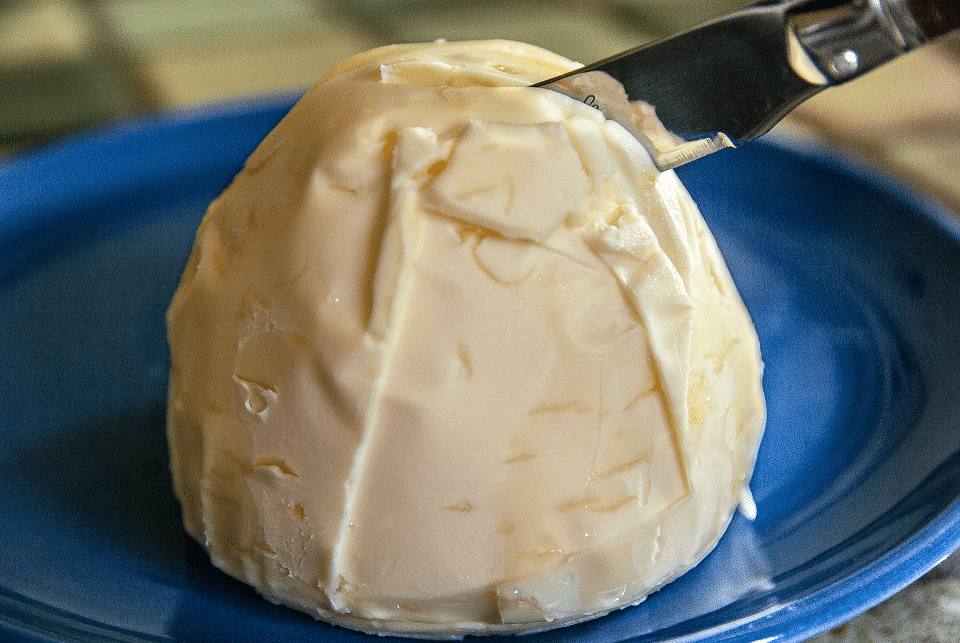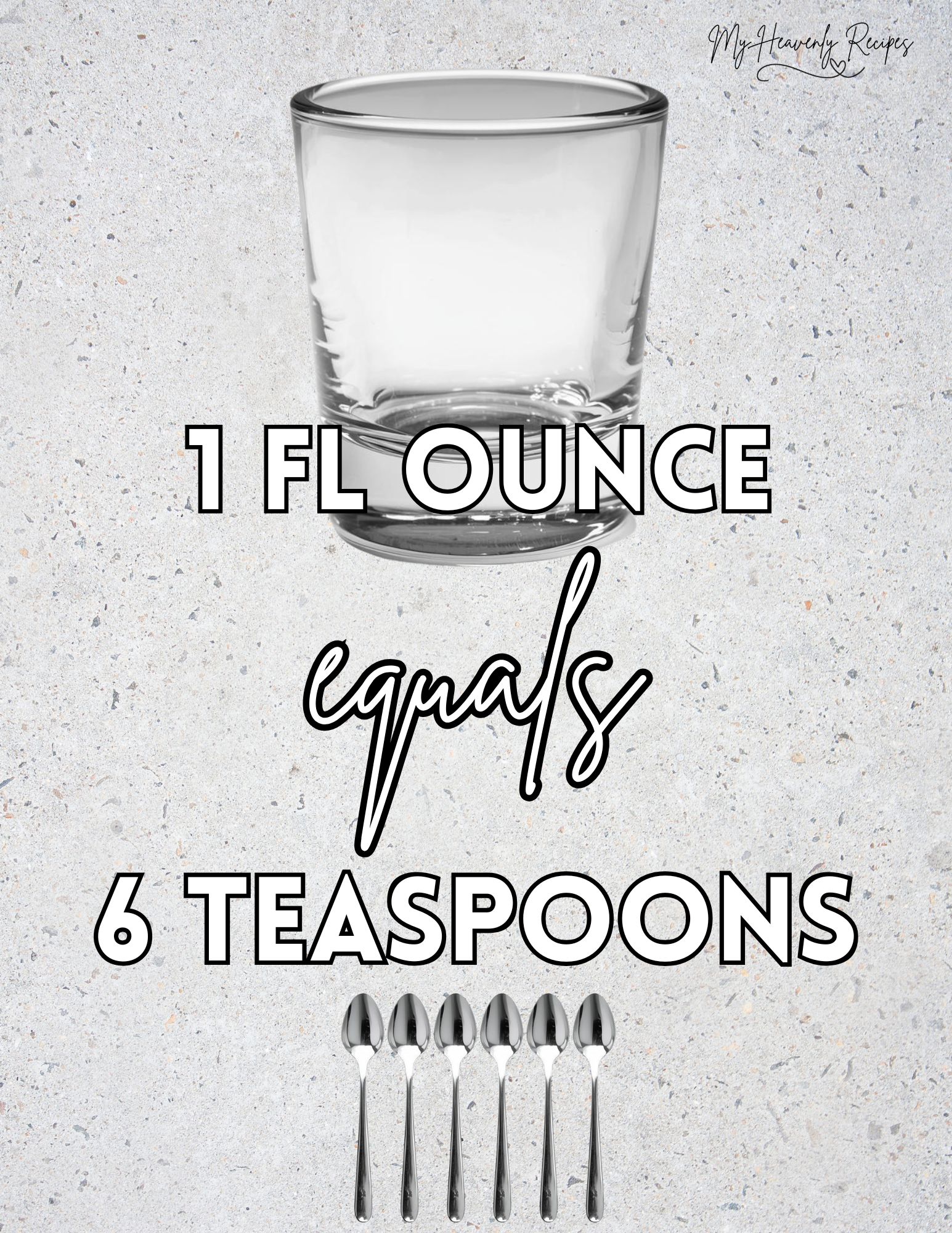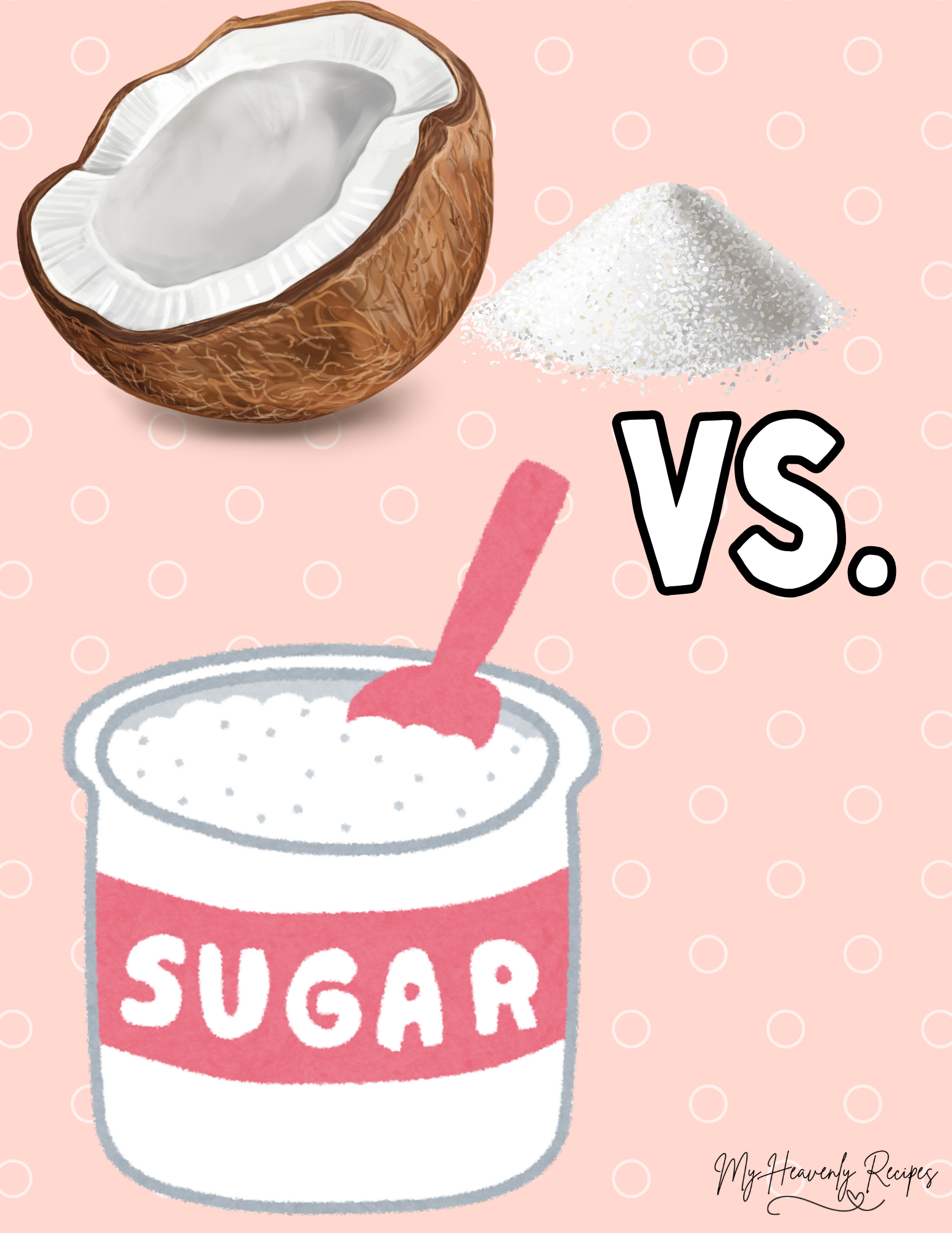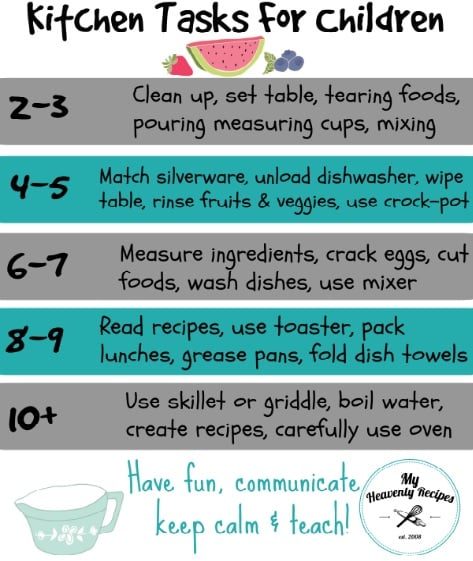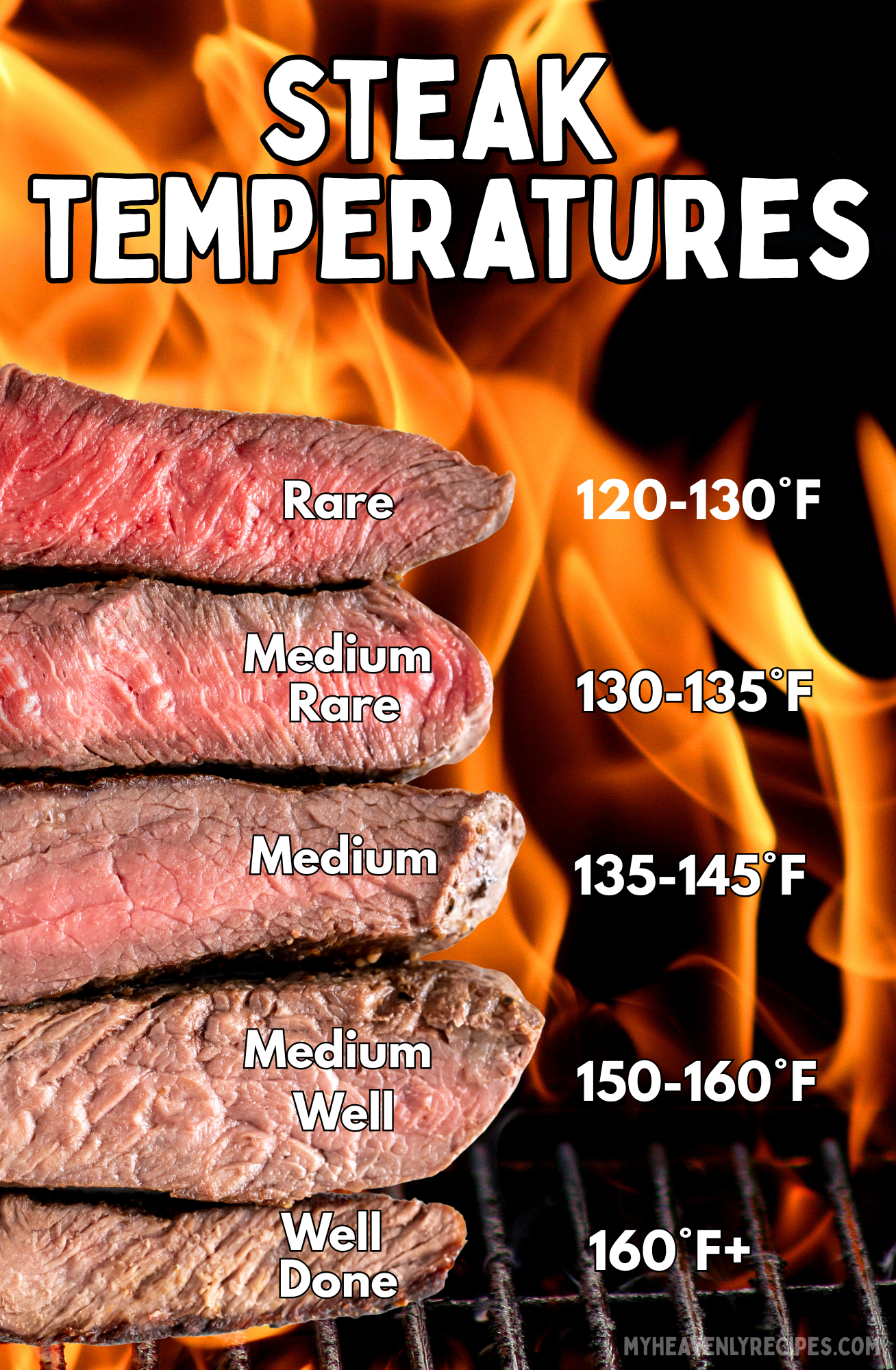All-Purpose Flour vs Cake Flour
What’s the Difference between All-Purpose and Cake Flour?
If you’ve ever baked a cake that turned out a little too dense or cookies that didn’t spread quite right, your flour choice might have been the culprit. Flour may look like a simple white powder, but not all flours are created equal.
One of a common question home bakers ask is: What’s the difference between all-purpose flour and cake flour?
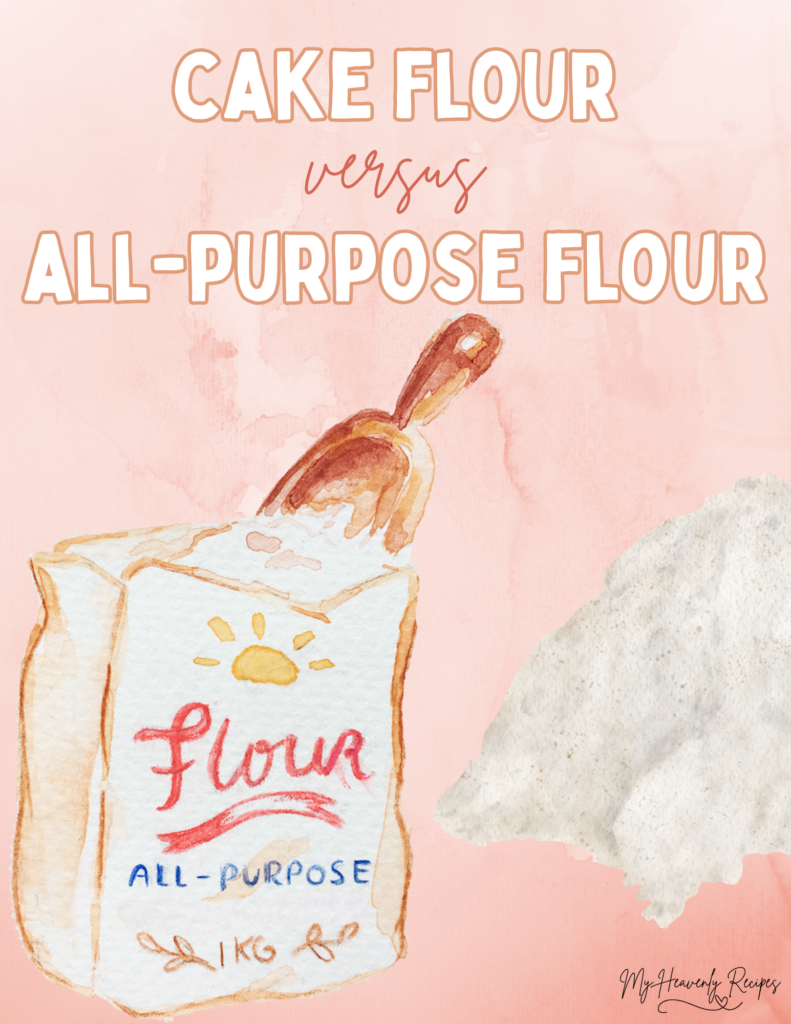
The Quick Answer
The main difference between all-purpose flour and cake flour is protein content.
- All-purpose flour has more protein, which gives baked goods structure and chew.
- Cake flour has less protein, which makes cakes soft, light, and tender.
Here’s the short version:
Use cake flour for delicate, fluffy desserts.
Use all-purpose flour for everyday baking and structure.
A Closer Look at Each Flour
All-Purpose Flour
All-purpose flour (often labeled plain flour outside the U.S.) is exactly what it sounds like — the go-to flour for just about everything. It’s made from a blend of hard and soft wheat, giving it a moderate protein content that works for both breads and cakes.
- Protein content: 10–12%
- Texture: Medium-fine
- Best for: Cookies, muffins, quick breads, pancakes, and most cakes
- Flavor: Mild and neutral
All-purpose flour strikes a nice balance — it can hold up to yeast breads but still make soft cakes and pastries if handled gently.
Cake Flour
Cake flour is milled extra fine and made from soft wheat. The low protein level means it forms less gluten, so your baked goods come out tender and delicate instead of chewy.
- Protein content: 6–8%
- Texture: Very fine and silky
- Best for: Sponge cakes, angel food cake, cupcakes, and pastries
- Flavor: Light and clean, doesn’t overpower delicate desserts
Cake flour is often bleached, which slightly alters the pH. This helps cakes rise taller and gives them that pure white crumb you see in bakery cakes.
Side-by-Side Comparison Chart
| Feature | All-Purpose Flour | Cake Flour |
|---|---|---|
| Protein Content | 10–12% | 6–8% |
| Texture | Medium-fine | Very fine and soft |
| Color | Off-white | Bright white |
| Gluten Formation | Moderate | Low |
| Best For | Cookies, muffins, breads, most cakes | Light cakes, cupcakes, pastries |
| Structure | Firmer, chewier crumb | Tender, delicate crumb |
| Substitution Tip | Can mimic cake flour with adjustments | Can’t always replace AP flour in breads |
How Protein Changes Everything
The key difference between these two flours is protein, which becomes gluten when mixed with liquid and kneaded or stirred.
- More protein = more gluten = more structure.
- Less protein = less gluten = softer texture.
That’s why using all-purpose flour in a cake recipe can make it heavy or dense, while using cake flour in bread can make it too soft to hold its shape.
When to Use Each Flour
Use All-Purpose Flour For:
- Cookies
- Brownies
- Muffins and quick breads
- Pie crusts
- Most traditional cakes (like pound cake or carrot cake)
Use Cake Flour For:
- Angel food cake
- Sponge cake
- Chiffon cake
- Cupcakes
- Layer cakes that need a light, airy crumb
If your goal is a tender and fluffy texture, cake flour wins every time.
Can You Substitute One for the Other?
Absolutely — if you know the right ratio. Sometimes you just don’t have cake flour on hand, and that’s okay. You can easily make a substitute using ingredients you probably already have.
To Make Cake Flour from All-Purpose Flour:
- Measure 1 cup all-purpose flour.
- Remove 2 tablespoons of flour.
- Add 2 tablespoons of cornstarch (or arrowroot powder).
- Sift them together at least twice to mix thoroughly and aerate.
This lowers the protein content and softens the texture, mimicking cake flour.
Conversion:
For every 1 cup of cake flour → use 1 cup minus 2 tbsp of AP flour + 2 tbsp cornstarch.
Can You Substitute Cake Flour for All-Purpose Flour?
You can, but it’s not ideal for recipes that need structure, like bread or cookies. Cake flour’s lower protein content won’t develop enough gluten, and your baked goods may spread too much or collapse.
If you do try it, add an extra tablespoon or two of cake flour per cup to help give a little more structure.
Texture Comparison Chart
| Baked Good | With All-Purpose Flour | With Cake Flour |
|---|---|---|
| Vanilla Cake | Slightly dense | Light and airy |
| Cookies | Chewy or crisp | Softer, more delicate |
| Muffins | Sturdy and hearty | Soft and tender |
| Pancakes | Fluffy but firm | Very soft and delicate |
| Bread or Pizza Dough | Holds shape well | Too soft, collapses |
Quick Tips for Working With Each Flour
All-Purpose Flour
- Don’t overmix batter — it can make baked goods tough.
- Great choice for recipes that need versatility.
- Perfect for recipes that call for both structure and softness (like muffins).
Cake Flour
- Always sift before using — it tends to clump.
- Best for delicate recipes where you want a fine crumb.
- Works beautifully with recipes using whipped egg whites or airy batters.
FAQs:
Q: Can I use all-purpose flour instead of cake flour for cake recipes?
A: Yes, but the cake will be denser. To get closer to the same texture, use the homemade substitution (replace 2 tablespoons of AP flour with cornstarch per cup).
Q: Is cake flour gluten-free?
A: No, cake flour is not gluten-free—it’s just lower in gluten-forming protein. If you need a gluten-free option, look for a gluten-free baking blend labeled as such.
Q: Why are some cake flours bleached?
A: Bleaching slightly alters the starch and protein in the flour, helping cakes rise higher and giving them a fine, delicate crumb. It also makes the flour whiter in color.
Q: Can I use cake flour for cookies?
A: You can, but expect them to be softer and less chewy. If you like cakey cookies, cake flour is actually a great choice.
Q: What’s the best flour for cupcakes?
A: Cake flour! It creates a tender, fluffy crumb and helps cupcakes hold their shape without being dense.
Q: Do I have to sift cake flour every time?
A: Ideally, yes. Cake flour is very fine and can clump easily. Sifting ensures even mixing and prevents lumps in your batter.
I also wrote a post about comparing all-purpose flour vs bread flour, too!

